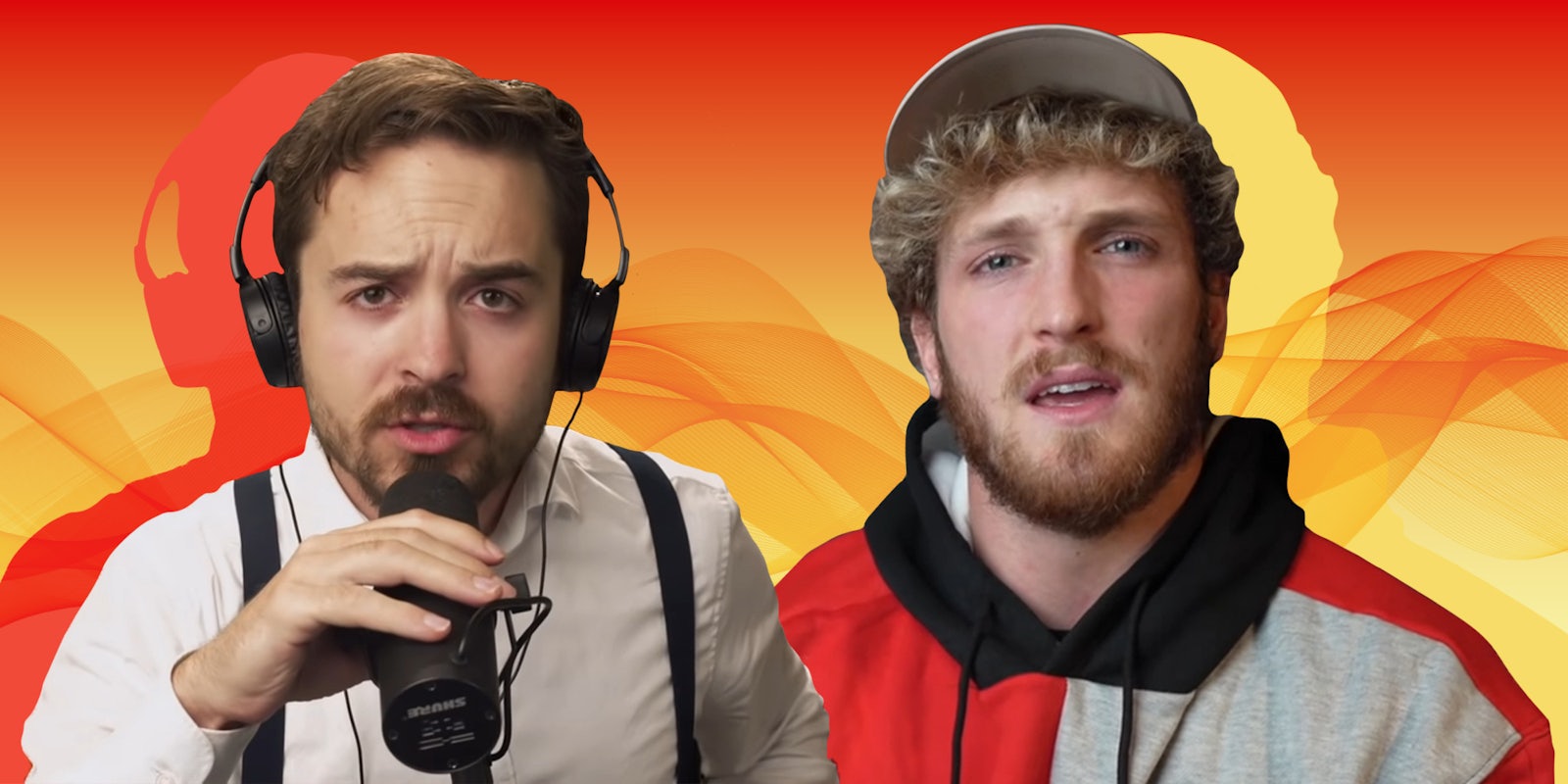
This story was originally published on Passionfruit.
Over the past three years, non-fungible tokens (NFTs) crept their way into the cultural zeitgeist. These NFTs can be pictures, avatars, video game assets, or anything that can be traded and tracked on the blockchain ledger. Basically, the main difference and “value” they have compared to a JPEG is that there is only one specific copy with provenance. Millions of dollars have been funneled into projects with pictures of apes, penguins, robots, and dozens of other randomly-generated meme machines. In 2021, the NFT market reached a market size of $4.36 billion on the backs of hype, FOMO, and the recommendations of content creators.
But the market as a whole plummeted, with most NFTs losing over 90% of their value since their peak, according to Statista. As previously reported by Passionfruit, innuendo, slander, and celebrity can also easily tilt the NFT market, and as such, you see someone accusing a cryptocurrency or NFT project of being a fraud almost everywhere you turn online. Accusations of “scams” are plenty, and they range broadly from intentional deception and “pumping and dumping” stocks to simply foolishly touting bad investments or failing to properly plan a project.
Despite this volatility, influencers have promoted dozens of NFT projects to their millions of followers. Some like brand entrepreneur Gary Vaynerchuk had success—his Vee Friends series of crudely drawn animals still holds value. While others have diminished in value—adult actress Lana Rhoades allegedly earned over $1.5 million for her CryptoStasis NFTs that nose-dived in value after they were released.



